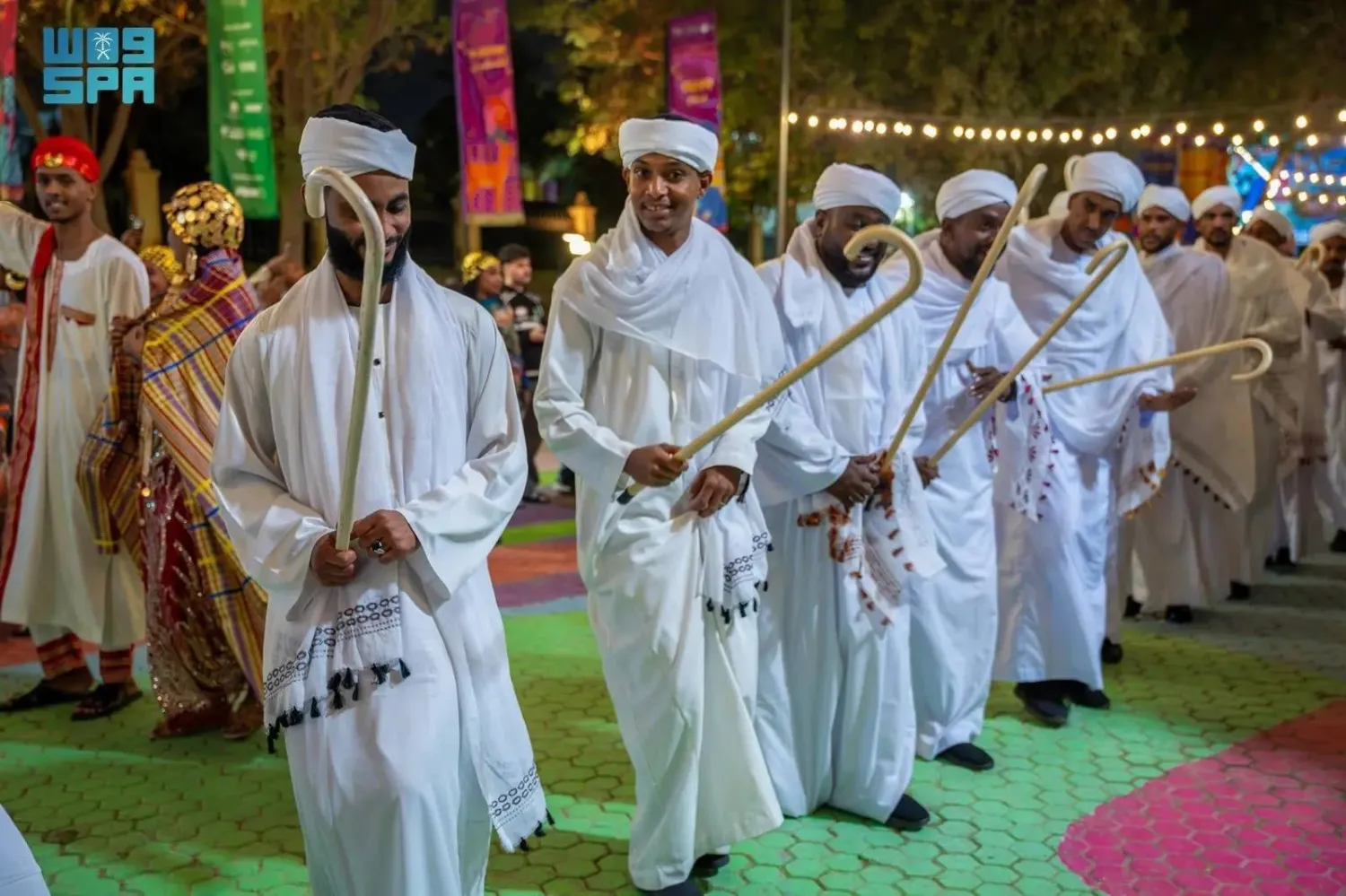A once-historic market lay dormant for years after a fire destroyed most of it. Now, it's a thriving creative hub in Medina. This place, once reduced to ashes, has risen again, supporting artisans in crafting and selling handmade products and souvenirs.
Recently renovated, Al-Ayniya Workshops and Souq Suwaiqah now offer modern facilities to train, produce, and market crafts.
This initiative by the “Nimaa Al Madinah” foundation aims to boost economic and social development by empowering entrepreneurs through training and marketing support.
Souq Suwaiqah holds great historical significance in Medina, particularly due to its location near the Prophet’s Mosque. It has been a bustling hub for traders and shoppers, especially during religious seasons.
The market is famous for its fabric trade, along with selling gold, perfumes, and other goods.
However, in 1397 AH, a massive fire destroyed everything in the market, causing extensive damage to nearby residential areas. This tragic event silenced the once lively market, leaving a lasting memory in the city’s history, spanning over 430 years.
Lately, the old market has come back to life thanks to the Al-Ayniya and Souq Suwaiqah project. This effort includes workshops for crafts and shops with a traditional exterior.
Their products, bearing a Medina style, are popular among visitors to the city’s market, who choose them as gifts and souvenirs.
The project aims to revive the spirit of ancient markets while blending modernity with historical charm.
Led by the Nimaa Al Madinah foundation, it encourages entrepreneurship to enrich religious and cultural experiences and support Saudi Vision 2030 goals. The initiative trains and supports entrepreneurs and families, empowering them to create gifts and souvenirs for visitors to Medina.
Support for entrepreneurs, especially women, has been successful in the handmade and craft products sector.
Over three years, 3,000 women have graduated from training workshops, with about 900 empowered.
These workshops cover various crafts, and products are sold at the modern Souq Suwaiqah outlets, which pay homage to Medina’s historical markets.









